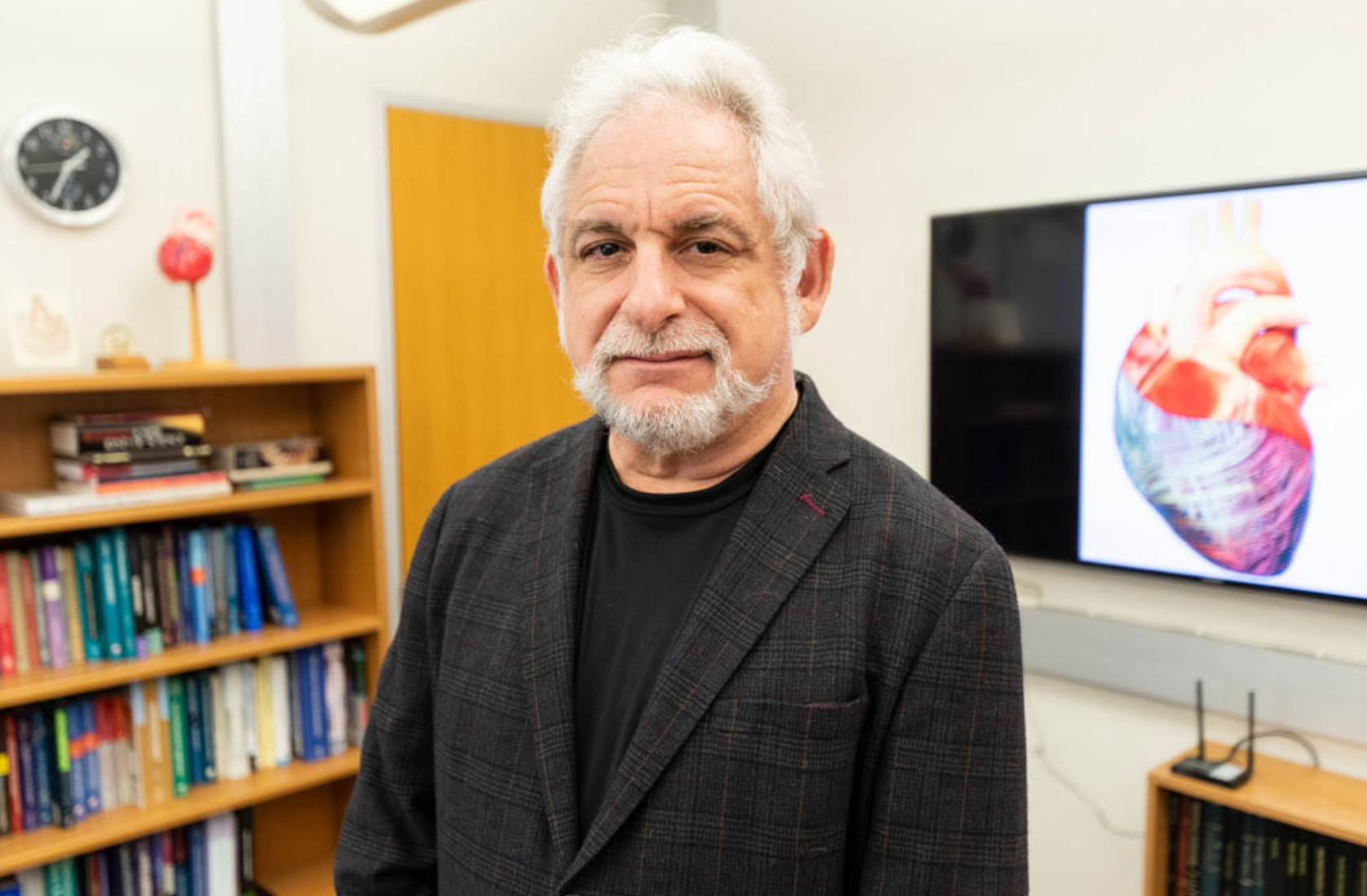Professor Michael Sacks has received a $3.7 million R01 grant from the National Institutes of Health to develop an accurate biomechanical model to be used as a reliable and useful tool in patient-specific diagnosis and management of breast cancer.
The project will involve applying advances in model accuracy with aspects of breast modeling that haven’t as of yet been taken into account.
Dr. Sacks is bringing modeling expertise to this collaboration with a team of multidisciplinary researchers that includes principal investigators Drs. Kristy Brock and Greg Reese of The University of Texas MD Anderson Cancer Center and co-investigator Dr. K. Ravi-Chandar from the UT Austin Department of Aerospace Engineering and Engineering Mechanics. The entire team includes breast reconstructive surgeons, engineers, medical physicists and pathologists.
Biomechanical modeling of the breast is necessary for everything from breast cancer tumor location prediction to post-mastectomy recovery clothing design. Despite wide use of biomechanical models based on 3D analyses, there are knowledge gaps in both anatomical and biomechanical literature that has prevented a more accurate model from being developed and used in patient-specific applications.
Currently there is insufficient information about the structural and biomechanical characteristics of the breast’s fascial support system and its relationship to adipose and glandular breast structures. Small alterations in stiffness of breast tissue, for example can make a big impact in model accuracy.
The goals of this project are to determine anatomical and biomechanical characteristics of the breast’s fascial support system, understand the sensitivity of patient-specific models across the population, and validate the translation of these models into the patient-specific setting.
Ultimately researchers would like to develop a model that transforms applications of breast modeling for both population and patient-specific applications that can be used for breast cancer diagnosis, management, surgeon training, patient education for better shared decision making and clothing design.
Article originally posted on the Biomedical Engineering website.
